Finding Dory: A Fun but Less Impactful Sequel
“Finding Dory” is a cheerful and engaging continuation of “Finding Nemo,” yet it falls short of its predecessor in terms of thematic depth and dramatic impact.
Six months after their adventure together, Dory, the forgetful blue tang fish, starts to have flashes of memories about her parents. Overwhelmed by the sudden recollections, she convinces Marlin and Nemo to embark on a journey to find her long-lost family, who she vaguely remembers living off the coast of California. Their quest leads them to Morro Bay, where they discover that Dory was born and raised in the Marine Life Institute, a vast research and rehabilitation center where marine creatures are studied, treated, and exhibited. As Dory reconnects with old acquaintances and makes new friends, she must piece together her fragmented memories to locate the specific aquarium where her parents reside.
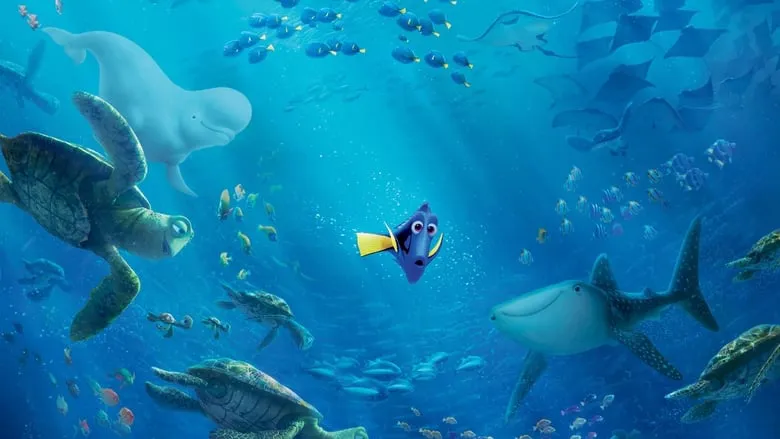
The History Behind the Sequel
In the mid-2000s, when Pixar’s future with Disney was uncertain, Disney threatened to create sequels to Pixar’s hits, including “Finding Nemo,” if the contract wasn’t renewed. They even established Circle 7 Animation to show Pixar they were serious. It’s said that John Lasseter, Pixar’s chief creative officer, was deeply upset at the thought of their creations being taken over. When the two companies strengthened their partnership, Circle 7 Animation was disbanded. However, Disney didn’t abandon the idea of a “Finding Nemo” sequel; Pixar was simply given the freedom to release it when they felt the time was right.
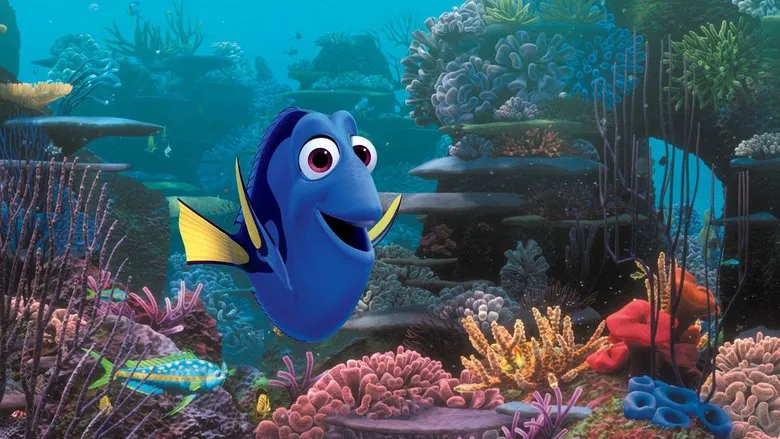
Initially, the filmmakers considered setting the film in a water park, but they ultimately chose to depict a more reputable organization that rehabilitates and releases most of its inhabitants back into the ocean.
A Decade Later
A decade later, Andrew Stanton, the writer and director of “Finding Nemo,” delivered on his promise to Disney with “Finding Dory.” He claimed to have started the project only when he had a story worthy of standing alongside the previous film’s dramatic and captivating narrative. However, Stanton either overestimates his new creation or is exaggerating for publicity, as it’s clear that “Dory’s” plot is weaker than “Nemo’s.”
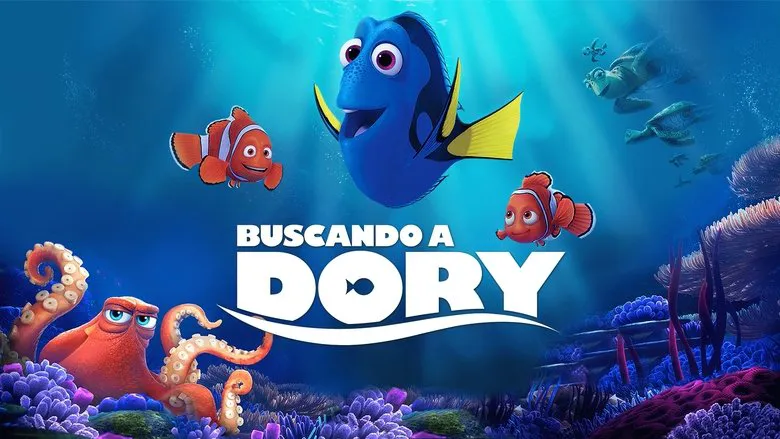
Ellen DeGeneres was cast as Dory in “Finding Nemo” because director Andrew Stanton noticed that she sometimes spoke as disjointedly as Dory.
Thematic Differences
“Finding Nemo” resonated deeply because it centered on a father and his young son. The idea of a child being separated from their parents evokes a strong emotional response, and viewers wholeheartedly rooted for their reunion. Moreover, “Nemo” not only played on emotions but also conveyed an important, universal message about trust between parents and children. Children should trust their parents’ warnings, and parents should recognize when their children are capable of independent actions. “Nemo” was a truly family-oriented film with something for everyone.

“Dory” also deals with family separation, but the protagonist is no longer a child. Dory is at an age where living with parents is not only unnecessary but can even be detrimental, hindering personal growth. While viewers want the blue tang family to reunite, the desire isn’t as strong as it was with “Nemo.” It’s clear that Dory will be fine regardless. She’s an adult, independent, and has a new family in Marlin and Nemo, who are willing to travel the ocean with her. Frankly, the search for her parents feels more like a whim than a pressing need, making “Dory” less dramatic than “Nemo.”
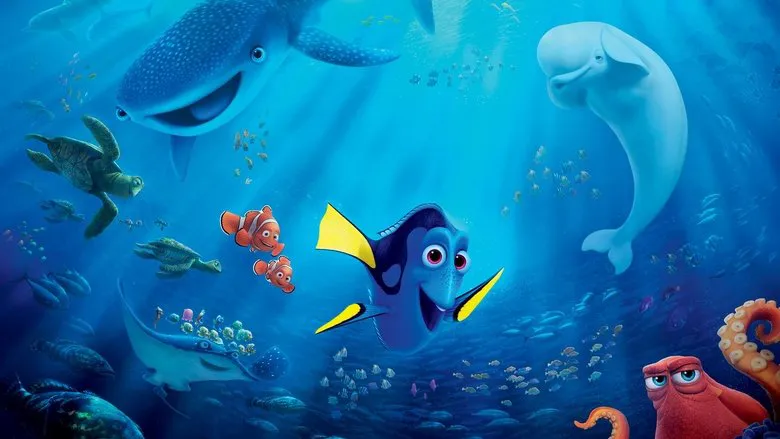
A New Moral Compass
The moral of “Dory” is: “Help those with disabilities, because they have something to offer their able-bodied friends.” By setting the film in a marine life rehabilitation center, Stanton fills the story with characters with various disabilities: Dory with her memory loss, a near-sighted whale shark, a beluga whale who can’t use echolocation, an octopus missing a tentacle, a dim-witted sea lion, and even a “crazy” loon. Each character is pitiable on their own, but by working together, they achieve a happy ending.
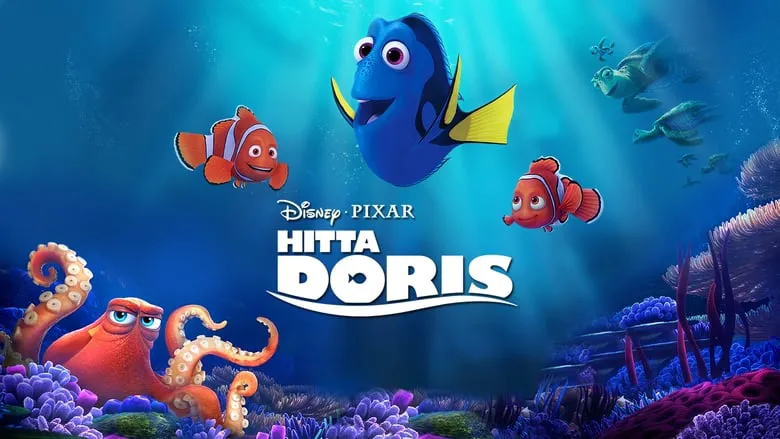
While this message is commendable, it’s less universal than the core message of “Nemo.” Furthermore, it feels inappropriate to simultaneously celebrate individuals with disabilities and make fun of the whale shark constantly bumping into walls or Dory’s confused thoughts. The film includes so many jokes about the characters’ “quirks” that it evokes schoolyard taunts. Although the film ultimately redeems and even glorifies almost everyone it previously mocked, an unpleasant feeling remains, especially when you identify with one of the characters.
Final Thoughts
Despite its flaws, “Dory” manipulates viewers’ emotions effectively, eliciting laughter, tenderness, and tears. The search for Dory’s family in a vast institution proves nearly as engaging as the journey to Australia in the first film, and the finale’s dynamism rivals blockbuster action movies. The film’s visuals are somewhat limited by the need to maintain the aesthetic of “Nemo,” but Pixar still manages to create stunning scenes. As is typical in American animated films, jokes are plentiful, with many being clever and witty. Overall, “Dory” is a worthwhile high-budget animated film, but it doesn’t quite reach the level of “Finding Nemo” or the recent Disney hit, “Zootopia.” It’s further evidence that Disney benefited more from the 2006 contract than Pixar did.